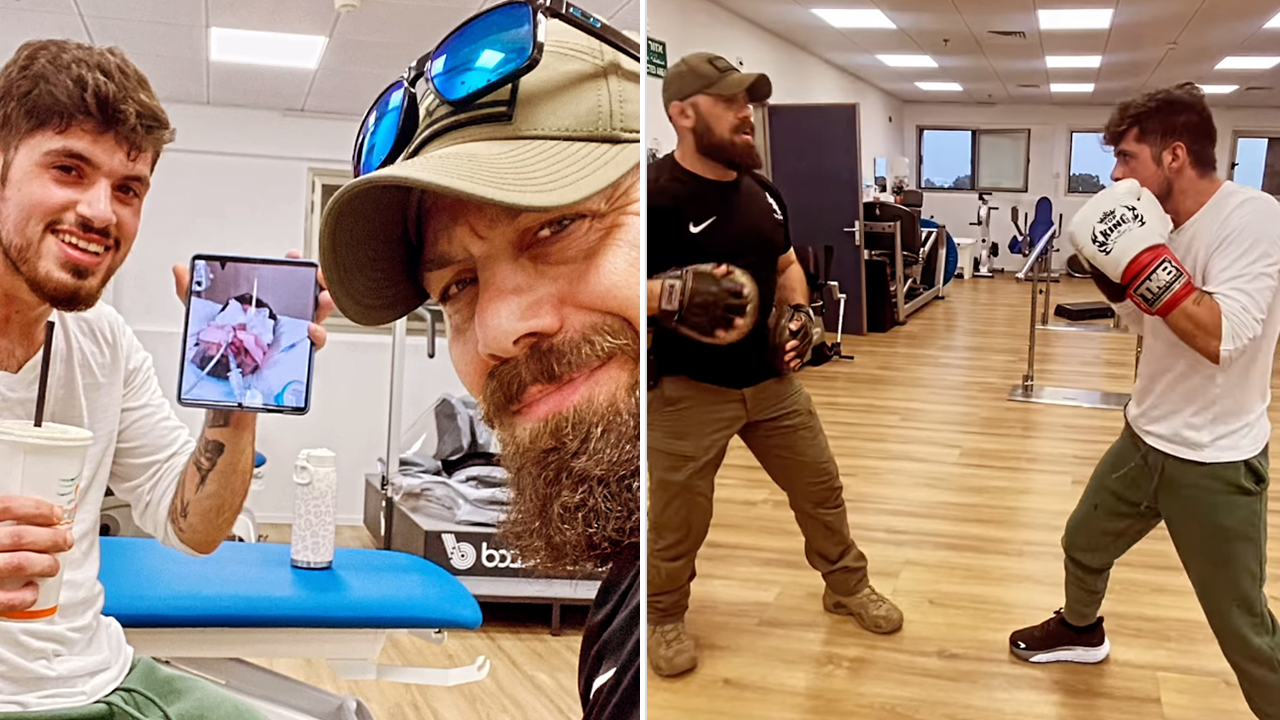Even though a federal judge in Illinois has indicated that the state’s designation of public transportation as a “sensitive place” where guns can be banned is likely to run afoul of the Constitution, the gun-free zone remains in effect for all but the four named plaintiffs who’ve sued to wipe the statute off the books. Judge Iain D. Johnston granted a preliminary injunction against the law in early September, but for now his ruling only applies to the specific plaintiffs.
So how well is the prohibition working? Well, these headlines are just from the past three days.
Man Mugged Red Line passenger while on pretrial release for three other crimes; prosecutors
Man randomly attacked 5 women on the CTA, causing face fracture, concussion
Group robbed woman on CTA bus while one recorded it all on their phone, prosecutors
Man wanted for robbery on CTA Red Line train in Wrigleyville: Chicago Police
Decades-long uptick in attacks on transit workers, including on the CTA, carries implications for employees and riders
While the city of Chicago and the state of Illinois maintain that public transportation is a “sensitive” place, they don’t really treat trains, buses, or rail and bus stops any differently than other publicly-accessible places. You don’t have to pass through a metal detector to get on a bus, and there certainly aren’t police officers stationed in every train car. So why shouldn’t lawful gun owners who possess a valid Illinois carry license be able to bear arms when they’re on CTA property, especially if being unable to do so renders them unarmed and defenseless throughout their day?
The city and state have argued that the tight confines of a train car or city bus makes them “sensitive places”, but in his ruling granting an injunction as applied to the plaintiffs in Schoenthal v. Raoul, Judge Johnston pointed out the obvious flaw with their contention.
Based on Bruen’s admonition that Manhattan isn’t a sensitive place just because it is crowded and generally protected by law enforcement, crowdedness alone is insufficient to qualify a location as sensitive. State Defendants’ theory adds two more conditions—so it’s not directly contrary to Bruen’s rejection of crowded and generally protected places—but those two added conditions still “would in effect exempt cities from the Second Amendment and would eviscerate the general right to publicly carry arms for self-defense.” After all, the streets of Manhattan—or Chicago, to pick an example closer to home—are crowded, publicly accessible,and publicly owned. State Defendants contend that “only a small slice of modern cities would be sensitive” under their test but they don’t explain how the additional two conditions would exclude most modern cities.
Crowded places are not, by themselves, “sensitive”. Publicly-owned places are not, by themselves, “sensitive places” either. So why should publicly-owned crowded places be treated as “sensitive”, and how coul that possibly be done in a narrow fashion without calling into question or completely disregarding what the Supreme Court held in Bruen?
From a constitutional perspective, Illinois and Chicago’s ban on lawful concealed carry on public transportation simply doesn’t fit within our national tradition of keeping and bearing arms. And from a practical perspective, it does nothing to stop violent criminals from using buses and trains as their hunting ground. The only thing the law is successful at doing is preventing lawful gun owners from legally carrying and putting them at greater risk of harm; an outcome that’s hardly worth defending, either in a court of law or the court of public opinion.
Read the full article here










